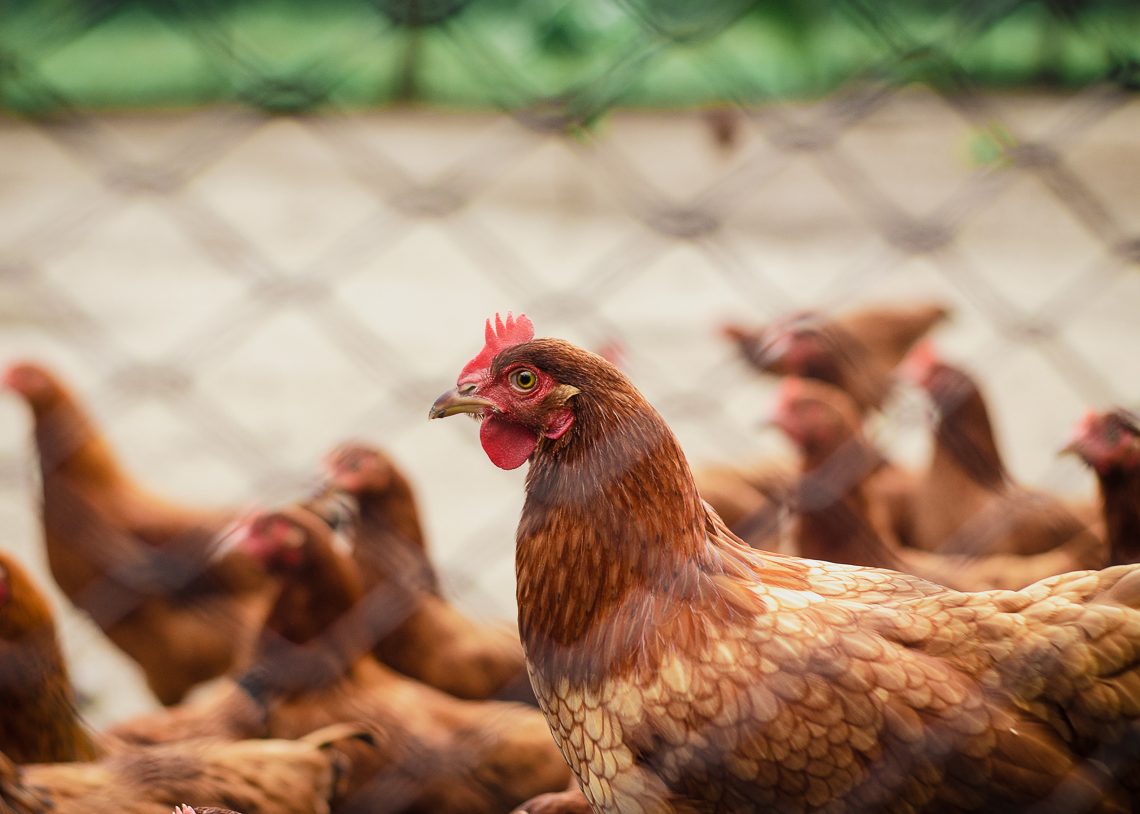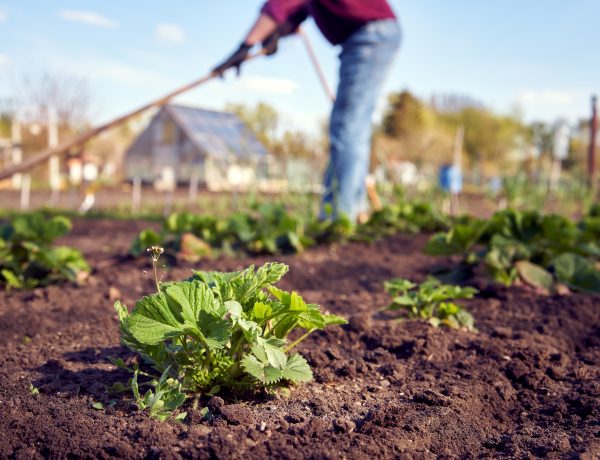Small-Scale Poultry Farming
Small-scale poultry farming can be a rewarding endeavor, providing you with fresh eggs, meat, and the satisfaction of nurturing your feathered flock. However, to ensure the health, safety, and productivity of your poultry, it’s crucial to have the right tools and infrastructure in place. In this comprehensive guide, we’ll explore the must-have tools and infrastructure for small-scale poultry farming, offering valuable insights and actionable advice along the way.
Coop and Run
The coop and run are the heart of your poultry farm. A well-designed coop or commercial chicken house offers shelter from the elements and protection from predators, while a spacious run provides room for your birds to roam. Here are some considerations:
- Ensure your coop is spacious enough to accommodate your flock comfortably. Plan for at least 2-3 square feet of space per chicken inside the coop and 8-10 square feet in the run.
- Proper ventilation is crucial to prevent moisture buildup and maintain air quality. Install vents and windows with screens to facilitate airflow without drafts.
- Use sturdy hardware cloth to fortify windows and doors. Dig a predator-proof skirt around the coop and run, and consider electric fencing for added security.
Nesting Boxes
Nesting boxes are where your hens will lay their eggs. Ensuring their comfort and providing a clean environment can increase egg production. Here’s how:
- Place your nesting boxes in a quiet, secluded area of the coop to provide privacy for your hens.
- Regularly clean and replace bedding material to maintain a clean and inviting nesting area.
- Calculate the number of nesting boxes based on your flock size. Generally, one box per 4-5 hens is sufficient.
Feeding and Watering Systems
Efficient feeding and watering systems save you time and ensure your birds receive proper nutrition and hydration. Firstly, invest in automatic feeders to provide a consistent supply of food. Choose models that keep feed dry and are easy to clean. You can also get automatic waterers with sufficient capacity to meet your flock’s needs. Clean and refill them regularly to prevent contamination. Lastly, make sure you store feed in a secure, rodent-proof container to protect it from pests.
Heat Lamps and Brooders
If you’re raising chicks, providing a warm environment is crucial for their survival and growth. Use heat lamps or heat plates to maintain a temperature of around 95°F (35°C) in the brooder area during the first week, gradually decreasing it by 5°F (2.8°C) each week.
You’ll also need to provide clean and dry bedding material, such as wood shavings or straw, to keep chicks comfortable and absorb moisture. Pay close attention to chick behavior. If they huddle together under the lamp excessively, they may be too cold. If they avoid the heat source, they may be too warm.
Egg Collection Tools
Proper tools for collecting and handling eggs are essential to maintain their quality and safety. Use egg collection baskets or trays with soft padding to prevent eggs from cracking. It’s best to collect eggs at least once or twice a day to prevent them from sitting in the nest too long. If eggs are dirty, gently wipe them clean with a dry cloth. Avoid washing eggs unless absolutely necessary, as it can remove their protective bloom.
Incubator and Brooding Equipment
If you plan to hatch chicks on your farm, you’ll need the right equipment and some attention to detail. Follow the manufacturer’s instructions for setting up and maintaining your incubator. Ensure stable temperature and humidity levels.
Keep in mind that eggs should be turned regularly during incubation to prevent the embryo from sticking to the shell. Fortunately, some incubators have automatic turning mechanisms. After hatching, transfer chicks to a brooding area with adequate warmth, food, and water.

Photo by on Pexels
Egg Incubation Records and Management Software
Fortunately for modern-day farmers, you can now rely on technology to keep accurate records and ensure successful egg incubation. Here’s how to manage data effectively:
- Document temperature, humidity, and turning times daily. Note any irregularities or issues.
- Consider using specialized incubation software to track and analyze data. It can help you fine-tune your incubation process for better hatch rates.
- Keep records of hatching dates and chick health to assess your breeding and incubation practices over time.
Fencing and Predator Control
Protecting your flock from predators is a constant concern. Here are some tips:
- Use sturdy wire mesh or hardware cloth to enclose your coop and run. Bury it at least a foot deep to deter digging predators.
- Consider installing electric fencing around the perimeter for added protection. It can deter raccoons, foxes, and other cunning intruders.
- Install motion-activated lights around your coop to startle nighttime predators.
Poultry Health and First Aid Kit
A well-stocked first aid kit and knowledge of common poultry health issues are vital. Your kit should include items like antiseptics, bandages, scissors, tweezers, and poultry-specific medications. Check and replenish it regularly.
Regularly observe your birds for signs of illness, such as lethargy, abnormal behavior, or changes in droppings. Early detection can prevent the spread of diseases. That’s why it’s also important to immediately isolate sick or injured birds.
Conclusion: The Foundations of Poultry Farming
These essentials serve as the bedrock of your success. From the design of your coop to meticulous record-keeping during egg incubation, each tool and infrastructure element plays a pivotal role in ensuring the health, well-being, and productivity of your poultry flock.
As you embark on your poultry farming journey, remember that preparedness and attention to detail are your greatest allies. Invest in the right tools and infrastructure, educate yourself about poultry care, and observe your flock closely. By doing so, you’ll not only enjoy the benefits of fresh eggs and meat but also the satisfaction of providing a safe and nurturing environment for your feathered friends. Happy homesteading!
Read more home and garden articles at ClichéMag.com
Images provided by Deposit Photos, BingAI, Adobe Stock, Unsplash, Pexels, Pixabay & Creative Commons




